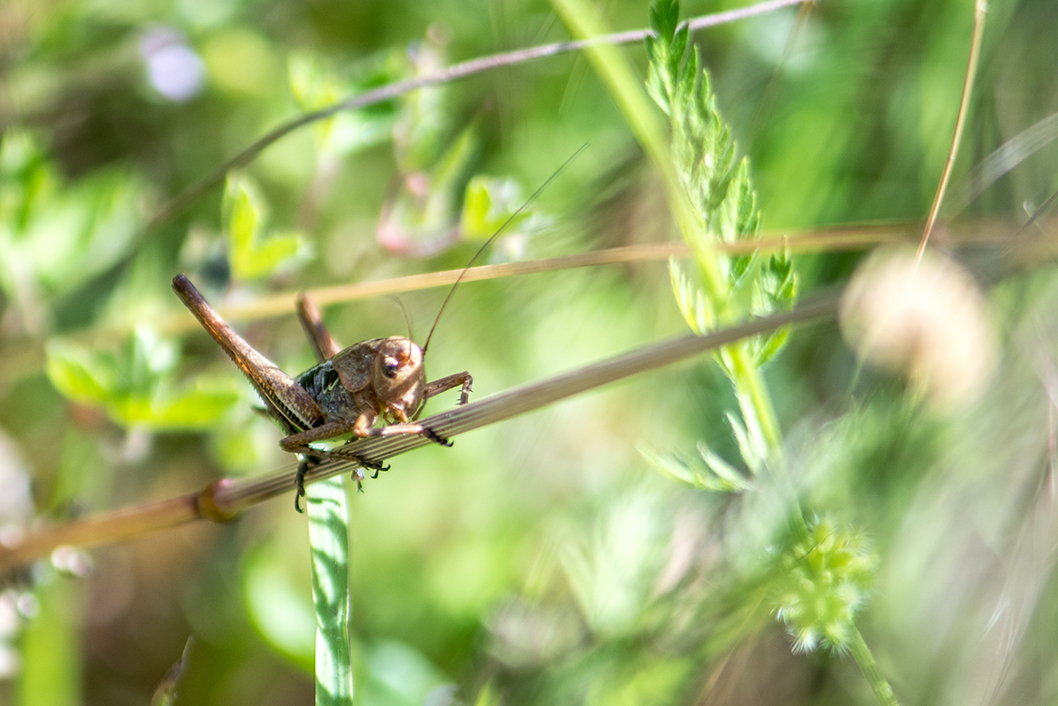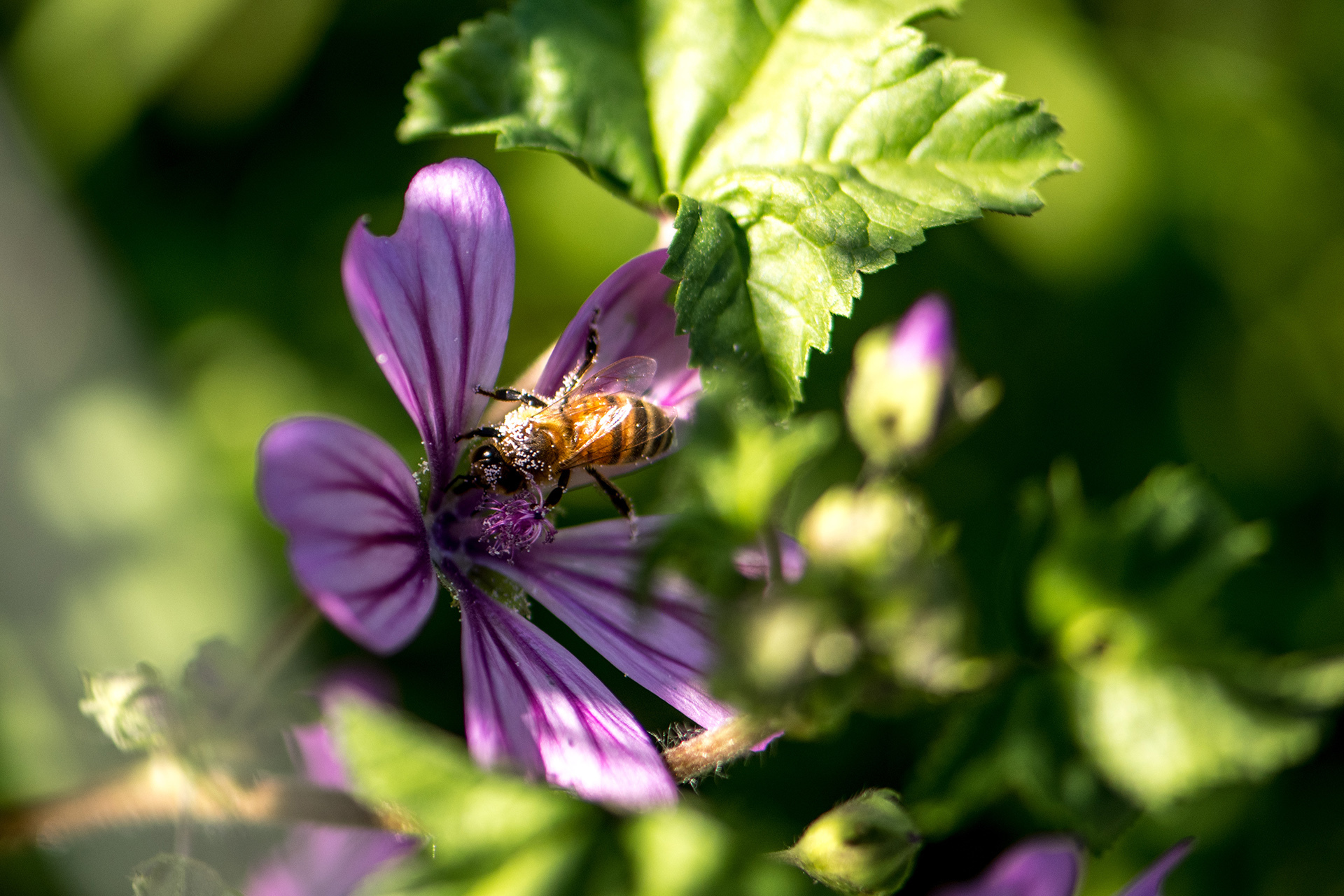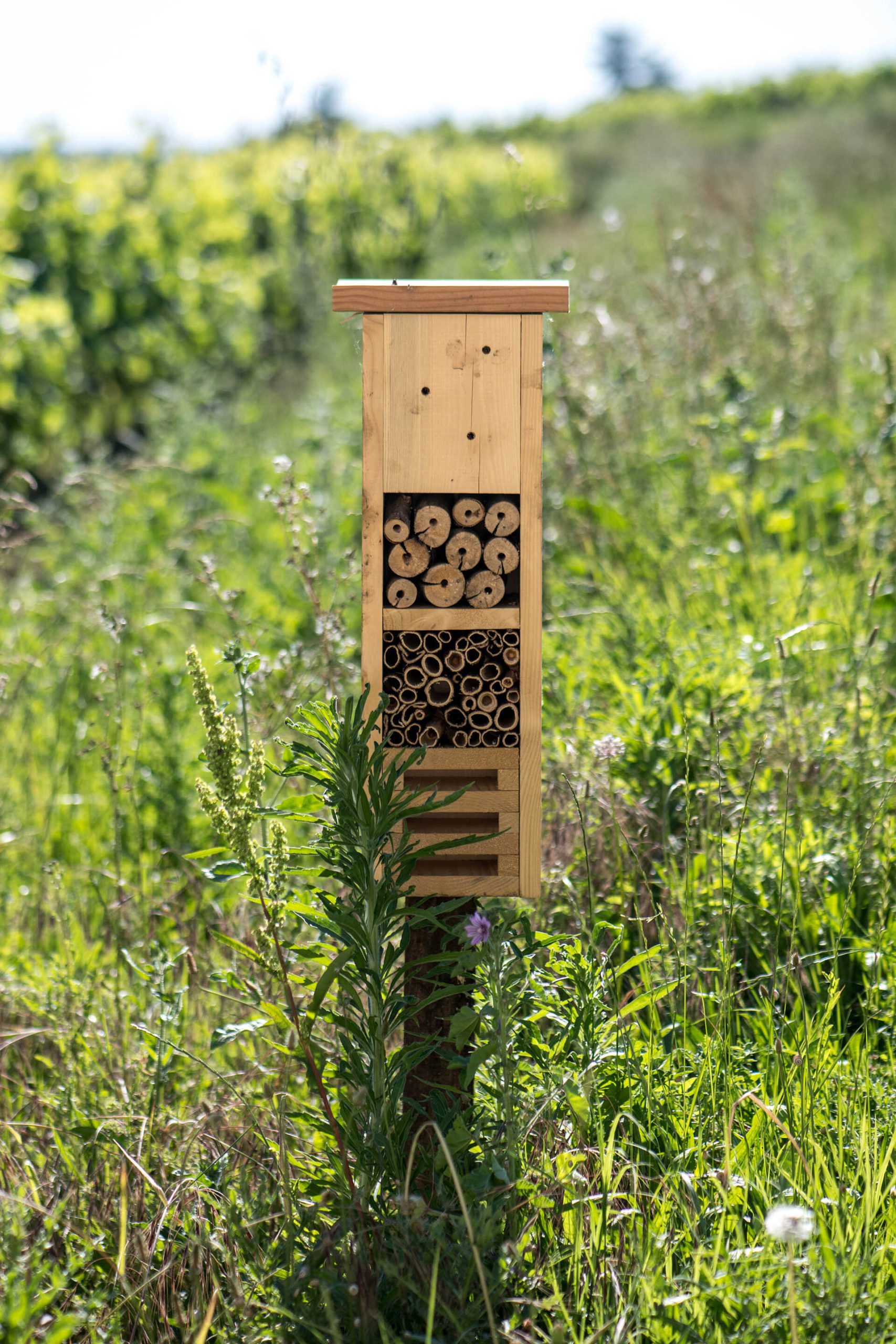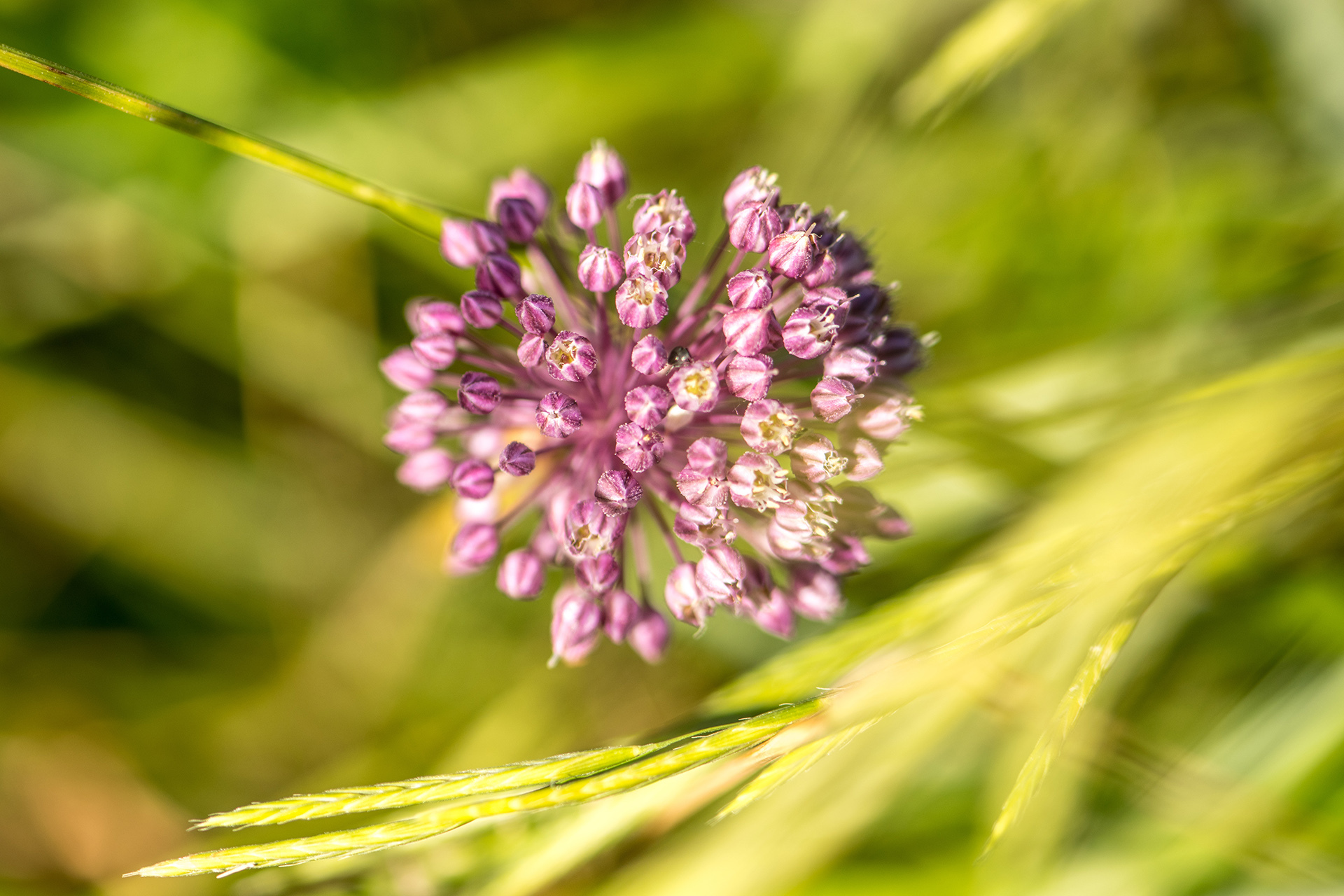Biodiversity
Château Quintus is a true haven
of phenomenal biodiversity.
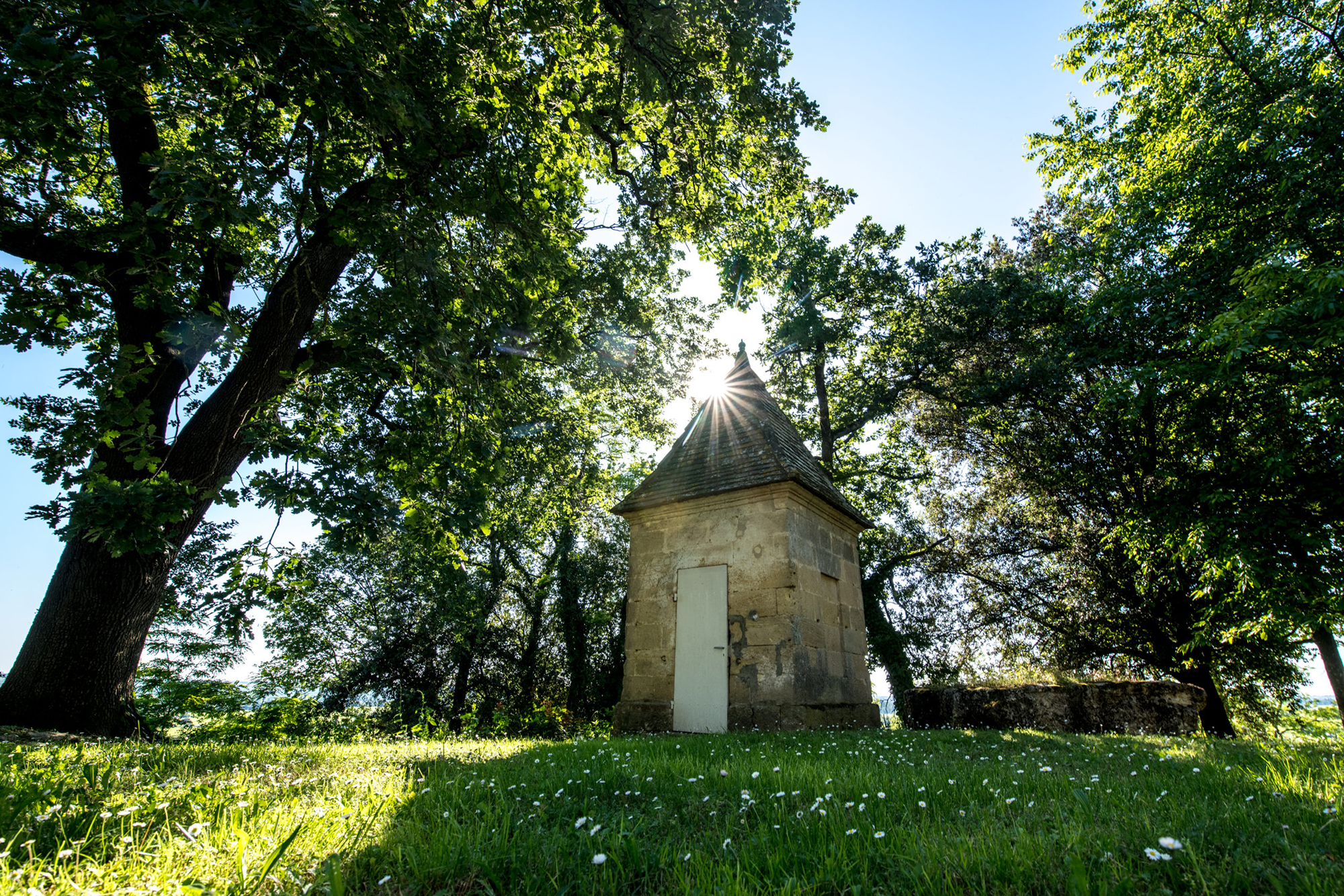

The Mediterranean
Green Belt
The environmental specificity of Château Quintus lies in its Mediterranean Green Belt, a true haven of biodiversity. The sublime natural gardens and terraces of Quintus, covering two hectares, are delightful at first glance, with numerous hedgerows, majestic holm oaks, low stone walls and verdant escarpments. All these treasures of the landscape heritage that surround the plots of vines are important shelters for natural allies, vital for the vineyard to prosper.

Conservation
In order to enhance the natural biodiversity of the area, the vineyard workers sow wild flowers on fallow land in the escarpments of the hillside slope, as well as in plots where vines have been uprooted. This not only supplements the existing natural assets but also enriches the breeding ground for diverse flora and fauna. Grass cutting, scything and mechanical work on the soils are all kept to a minimum. They also plant hedgerows of local varieties, creating ecological corridors in the less wooded areas. More than fifteen nesting boxes and bug hotels are installed at the property to provide shelters and overwintering habitats. In the same logic of biodiversity preservation, since 2017, insecticides are no longer used at the estate.
The continuous work of all the Quintus teams committed to this environmental approach has been duly recognized with the estate being granted dual certification: High Environmental Value (HEV) since 2018 and ISO 14001 since 2019, within the collective framework of the first association for the EMS (Environmental Management System) of Bordeaux wines.
